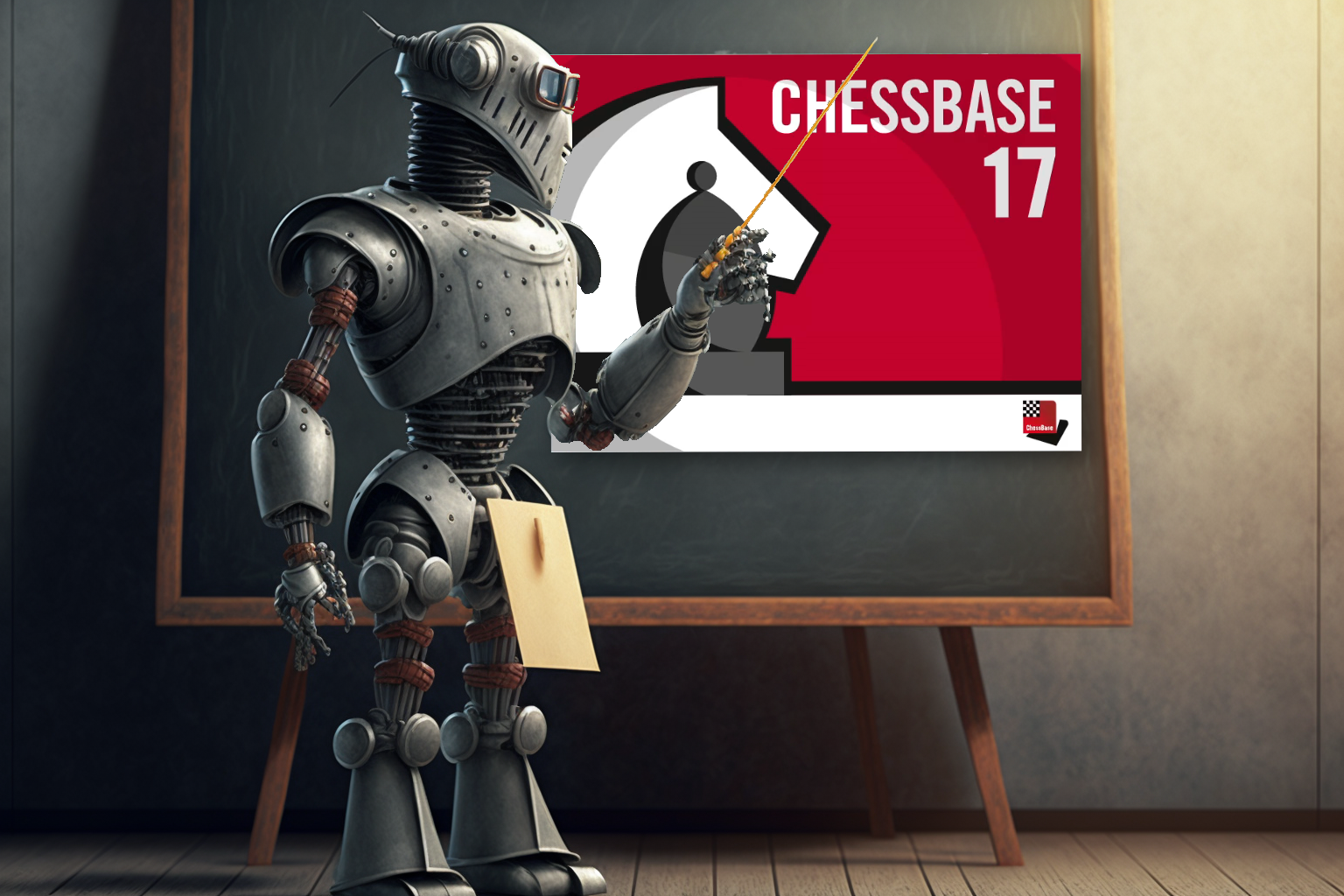


The presentation of chess analysis and the information displayed has changed very little, if at all, in the last decades. Even going back to the days of engines such as Sargon, you were shown the move being analyzed, the depth, and maybe the time elapsed.
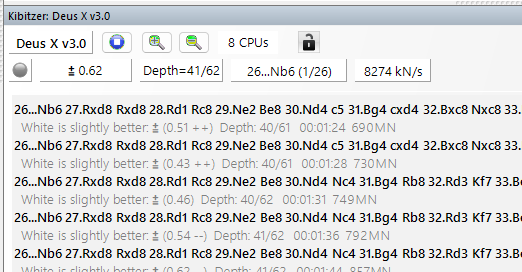
Nothing new under the sun in the image above, which is not only how the output looks in almost all engines for decades, but across the numerous platforms as well.

Already you can see a wide variety of new items, such as the (or 13.Nxd5) in the main line, the collection of green buttons to the right, and information on the left such as the moves played in the game, as well a threat. Even though this just scratches the surface, I will recommend increasing the default letter size as it can be quite small.

Right-click with the mouse on the engine output
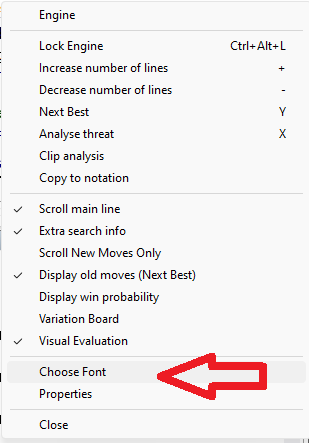
In the pane that opens, go to the bottom and select Choose Font
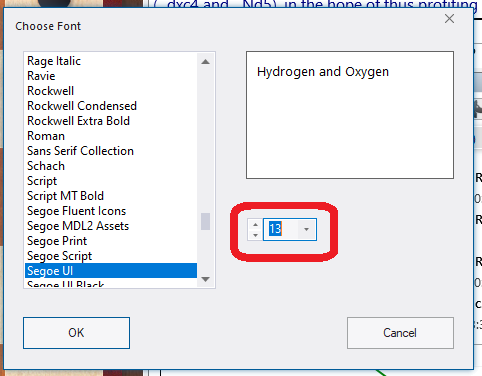
Now select the size you prefer. Personally, I use 18, not because I am blind, but it will be useful with the detailed new information.
While some of the information displayed will be immediately understood, it won't all be. A key aspect is the new 'buddy engine', which will be explained in depth in the next article. Even with it off, there is plenty to see.
If al you see is the old style engine output, right-click on the engine output and make sure Scroll Main Line is turned off (has no check next to it)

The mainline will be familiar with the buddy engine off, but there is new functionality already to be enjoyed. Suppose you are in front of this position:
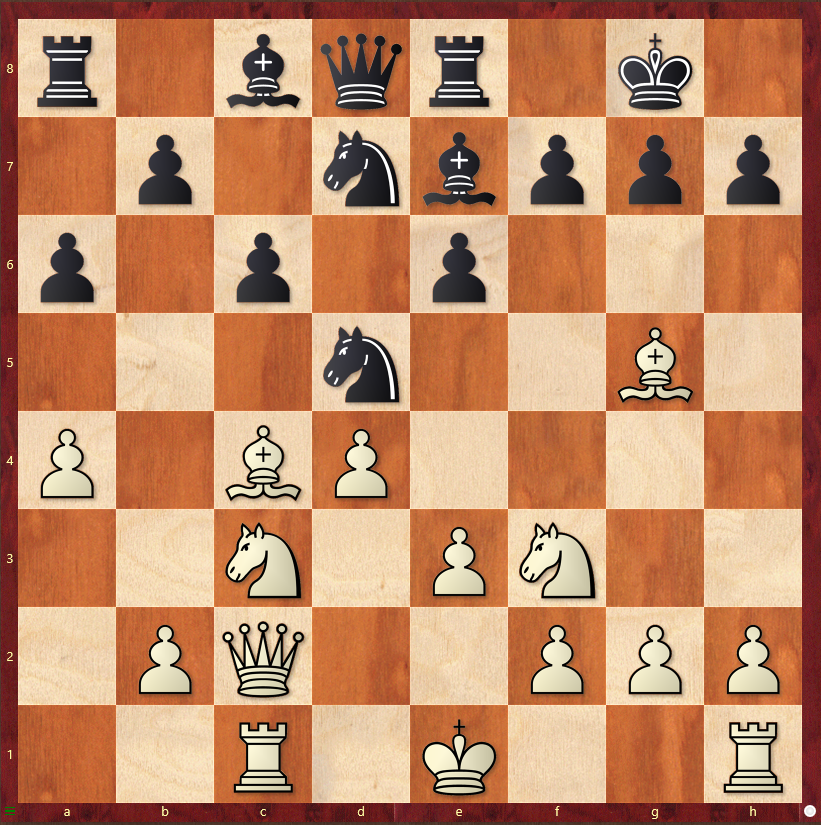
and shown the following engine line:
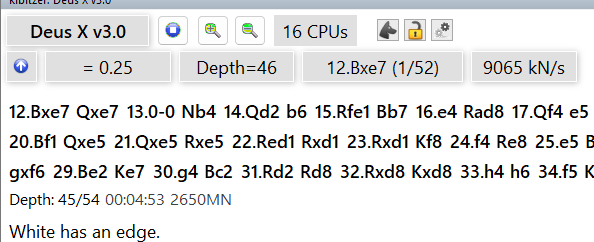
The line is quite long and while you can see the first two moves easily enough, 20 more moves is another story.
If you simply pass the mouse over the move you want to see, with no need to click on it at all, such as here:

You will see the game board take on an opaque appearance and the position from the engine move you are mousing over will appear on the board.
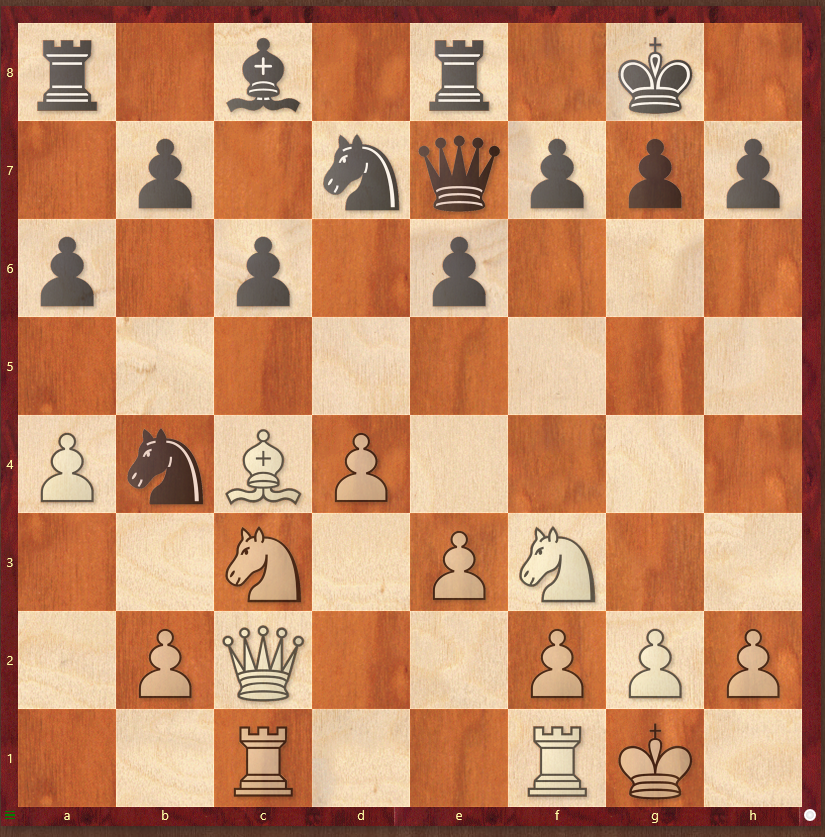
No more minuscule variation boards.
On the far right is a strange scene with colored balls and pieces:
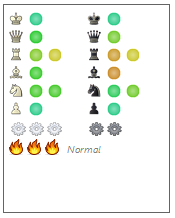
This is a temperature move, and its purpose is to show how many pieces are on good squares and how many are not. A deep green is of course the best, and goes to yellow for even, and red for the worst. If you prefer a more direct display, move the mouse cursor over it and then look at the main board. It will look something like this:

As you can see, each piece is attributed a color to depict how well placed they are or not.
In the next article, we will look at the buddy engine, a deep and powerful addition, deserving of a lesson all of its own.
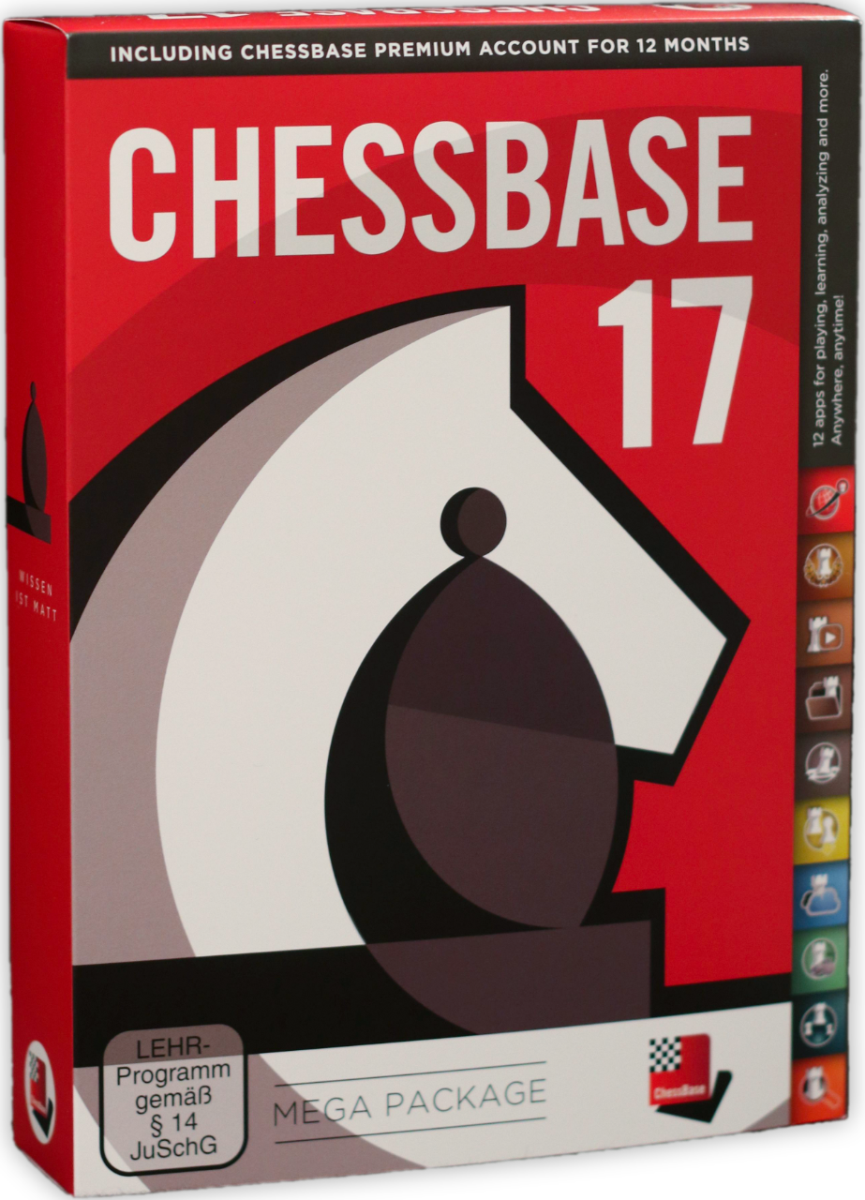
You can purchase the Chessbase 17 Mega Package in the Shop
It includes
Links